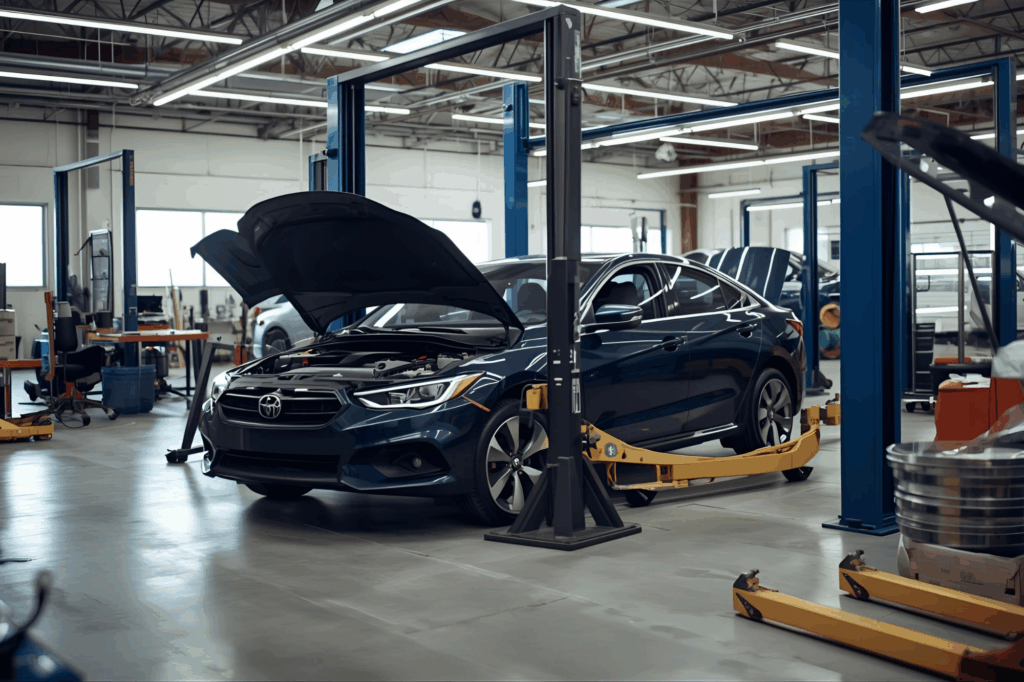Automotive repair is a rapidly evolving industry, with new technologies and methods being developed all the time. It can be challenging for shops to keep up with the latest advancements and implement best practices in their operations. However, staying up-to-date on the latest repair techniques and technologies is essential for maximizing efficiency, minimizing waste, and providing high-quality service to customers.
One of the key trends in the automotive repair industry is the increased use of technology. For example, many shops are now using computer-aided diagnostic (CAD) systems and other advanced tools to diagnose and repair vehicles. This not only speeds up the repair process, but it also helps to ensure that the repairs are accurate and efficient.
Another important trend is the focus on sustainability and eco-friendly practices. This includes reducing waste, using eco-friendly products, and incorporating energy-efficient technologies into the repair process. For example, many shops are now using LED lighting and other energy-saving techniques to minimize their impact on the environment.
In order to maximize efficiency and minimize waste in the repair process, it’s essential for shops to adopt a continuous improvement mindset. This means regularly evaluating and refining their processes to identify areas for improvement and making changes accordingly.
Another significant aspect of efficient repair processes is proper training and development of employees. This not only helps to ensure that repairs are carried out correctly, but it also provides employees with the skills and knowledge they need to provide excellent customer service. Additionally, offering ongoing training and development opportunities can help to increase employee morale and job satisfaction.
One other aspect of effective automotive repair is effective communication with customers. This includes clearly communicating the repair process and timeline, as well as any additional services or upgrades that may be recommended. It’s also critical to provide regular updates on the progress of the repair and to address any concerns or questions that customers may have. Providing clear and accurate information can help to build trust and confidence with customers, which is essential for maintaining strong, long-term relationships.
In addition to investing in equipment and tools, it’s also important for shops to invest in their facilities. This includes everything from maintaining a clean and organized work area to updating the decor and making other improvements that can enhance the customer experience. Updating and improving the facilities can help to create a more welcoming and professional environment that is attractive to customers and employees alike.
Finally, it’s essential to continuously evaluate and improve the repair process. This includes tracking metrics such as repair time, customer satisfaction, and efficiency, and using this data to make informed decisions about changes and improvements to the process. Additionally, regularly seeking feedback from customers and employees can help to identify areas for improvement and drive continuous improvement in the repair process.
In conclusion, effective automotive repair requires a combination of up-to-date tools and equipment, effective communication with customers, investment in facilities and infrastructure, and a continuous improvement mindset. By focusing on these key areas, shops can improve efficiency, minimize waste, and provide high-quality service to their customers.



